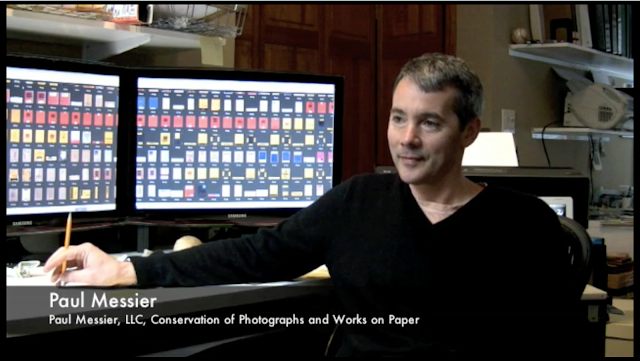Number, date, interviewee’s name, interviewee’s title, main institution name, institution location; (Interview location, if different from the first). 1) Monday January 26, 2009 - Tom Edmondson , Conservator in private practice, Heugh-Edmondson Conservation Services LLC, Kansas City, Missouri; (Tucson, Arizona). 2) Wednesday February 4, 2009 - Gary Albright , Conservator in private practice, Honeoye Falls, New York. 3) Saturday February 7, 2009 - Grant Romer , Director of the Advanced Residency Program in Photograph Conservation, George Eastman House, Rochester, New York. 4) Wednesday February 11, 2009 - Peter Mustardo , Conservator in private practice, The Better Image, New Jersey-New York City; (New York, New York). 5) Thursday February 12, 2009 - Nora Kennedy , Sherman Fairchild Conservator of Photographs, The Metropolitan Museum of Art, New York, New York. 6) Tuesday February 17, 2009 - Debbie Hess Norris , Chair of the Art Conservation Department, University of Delaware, Newark, D...

















